Sinister Western origins of Iranian schoolgirls’ poisoning psyop
By Kit Klarenberg
Just when violent West-orchestrated riots in Tehran had faded from mainstream headlines, Iran suddenly finds itself in the grip of intensive, hostile scrutiny and condemnation from Western journalists and politicians over the mysterious serious poisoning issue.
On top of attempting to finish the job that failed last time round, one need not be a cynic to suggest this sudden wellspring also results from a recent discovery that the Islamic Republic is home to one of Earth’s largest known lithium reserves.
Just as women’s rights were cynically weaponized during last year’s unrest, now schoolgirls are a subject of interest for those who seek to demonize and destabilize the Islamic Republic.
For example, a completely ludicrous tale of pupils being forced by security service operatives and clerics to watch pornographic videos, in order to convince them “regime change” would usher in an era of depravity and bestiality, generated significant social media pickup.
Published on February 28 by pro-regime change organ IranWire, the farcical fable - wholly based on unsupported claims by anonymous sources - failed to elicit mainstream interest.
By contrast, news of the mass poisoning of schoolgirls across the country, resulting in widespread hospitalizations, has circulated world over, prompting the United Nations and Western governments to demand “independent” investigations into the disturbing development.
Journalist Syed Zafar Mehdi in one of his recent articles documented in detail how multiple media outlets, “activists-cum-journalists”, and dubious “human rights” organizations falsely alleged the wave of poisonings is a “deliberate act of terrorism” by the Iranian state, depraved revenge for student participation in the now-fizzled out demonstrations.
It has even been widely claimed by these sources that the recent death of young girl Fatemeh Rezaei in the central Iranian city of Qom resulted from this effort, despite her own father robustly dismissing the charge.
The fact remains though that a deeply mysterious mass sickness seemingly has torn through schools across Iran, with hundreds of pupils resultantly hospitalized - albeit with mild symptoms, and they’ve typically recovered very quickly.
Authorities remain at a loss as to what’s happening but are taking the phenomenon very seriously indeed, with President Ebrahim Raeisi ordering a thorough investigation.
In a startling revelation on Tuesday evening, Iran’s interior ministry, which is leading the probe, said some people involved in recent violent riots had stoked this poisoning frenzy.
It also announced the arrest of several people in multiple provinces who were directly or indirectly involved in creating mass hysteria and social unrest through this issue.
A dark proposition
An explanation may be provided by the output of an obscure Twitter account, dating back to the final months of 2022. On November 28th that year, @SeleriSosis - display name “women life freedom” - posted in Persian that Iranian students “can use naphthalene to close schools.”
“Buy naphthalene from the pharmacy and then crush them under their feet in the classroom and hall or throw it behind your fist to spread the bush,” the user explained.
Naphthalene is an aromatic hydrocarbon found in coal tar or crude oil, a component in the manufacture of plastics, resins, fuels, and dyes, which is present in jet and diesel fuel.
In vapor form, it is commonly used as a household insect repellent, or to repel outdoor pests such as moths and snakes.
The chemical is harmful to humans, and those who inhale or ingest naphthalene temporarily experience headaches, nausea, dizziness, and vomiting.
Children are particularly susceptible and suffer diarrhea, fever, abdominal pain, and worse. Many of these transitory symptoms have been reported by Iranian schoolgirls since the outbreak began.
One might reasonably question how an obscure Twitter account with just 20 followers as of registration in October 2022, which has been inactive since January this year, could’ve influenced young Iranians, let alone so decisively.
Yet, it is a striking feature that the most recent tweets and retweets by @SeleriSosis all feature the hashtag #IRGCterrorists, in reference to the Islamic Revolutionary Guard Corps.
The very same hashtag is now being widely employed by Twitter users most prominently pushing the narrative that the sudden, enigmatic illness befalling so many Iranian schoolgirls is a deliberate wave of chemical attacks by government operatives.
Collectively, content shared by this group - including videos of victims being bussed away in ambulances, and a disturbing animation of two young students demanding “the international community take urgent action” against Tehran - has been shared and retweeted thousands of times.
This journalist exposed in October 2022, based on an investigation by Western government-connected social media analytics firm Graphika, that the Department of Defense’s CENTCOM division for many years conducted psychological warfare operations against Iran via Twitter and other social media networks, often with the knowledge and consent of the platforms in question.
Pentagon troll and bot networks amounted to a vast online army, attacking Tehran from every conceivable ideological perspective and political and economic angle, and circulating and leaping upon every popular anti-Iran hashtag.
They also sought to build trust and rapport with target audiences, joking with real Iranians about Internet memes, while sharing mundane content including Iranian poetry and photos of Persian food.
Some CENTCOM-controlled accounts posed as conservative hardliners, criticizing the government for being too liberal and reformist, insufficiently hawkish in foreign affairs, and not doing enough to expand Shia influence in West Asia.
Others presented as feminists and socialists, decrying the hijab and other Islamic codes as misogynistic and oppressive. The IRGC was a particular target, with the Corps blamed for food and medicine shortages - in reality arising from genocidal Western sanctions - and compared to ISIS.
Many of the Pentagon’s bots and trolls had little independent traction, frequently posting content that elicited meager engagement - just 19% of the “covert assets” identified by Graphika had over 1,000 Twitter followers.
Yet, in their totality these accounts were enormously influential, endlessly multiplying and amplifying the reach of one another, and real people posting anti-Iran content, to create a false image of overwhelming popular consensus on issues related to the Islamic Republic online.
In this context, it would matter little that @SeleriSosis had so few followers. Once the prospect of children using naphthalene to shut down their schools was injected into social media’s proverbial bloodstream, there’s no telling how far it traveled, and how many may have been motivated to follow the grisly instruction.
It may also be relevant to consider that Iran International, a shady organization that receives undisclosed funding and direction from Saudi Arabia, has published stories about the poisoning of Iranian schoolgirls almost daily since the scandal broke.
Content published by the outlet, labeled as a “terrorist organization” by Iran, was both shared by CENTCOM’s trolls and bots, and repurposed by the assorted sham media platforms publishing content in Farsi secretly created by the Pentagon as part of its online war against Tehran.
‘Mass sociogenic illness’
In an interesting twist, it has been suggested that many of those hospitalized aren’t poisoned at all, but suffering from mass hysteria.
Professor Simon Wessely, a psychiatrist and epidemiologist at King’s College London, has postulated - based on several “key epidemiological factors” - that what is unfolding in Iran is “mass sociogenic illness,” in which real symptoms spread among a group “with no obvious biomedical cause” due to anxiety.
Wessely considers the pace with which the phenomenon has spread, the fact it is almost exclusively girls, not boys or adults afflicted, and the speed of patient recovery to all be “key” indicators.
The Iranian poisoning epidemic is moreover “very reminiscent” of outbreaks of undiagnosed illness in Kosovo in 1990 and the occupied West Bank in 1986, for which no biomedical cause has ever been identified, he contends.
If Wessely is correct, then that “anxiety” has a clear motivation - an endless cavalcade of social media posts and media reports declaring there to be a campaign of mass poisoning by Iranian authorities, targeting schoolgirls.
Notably, many of the accounts behind the deluge of #IRGCterrorists hashtags in recent weeks have also very forcefully dismissed Wessely’s diagnosis as nonsense.
Kit Klarenberg is an investigative journalist and MintPresss News contributor exploring the role of intelligence services in shaping politics and perceptions.
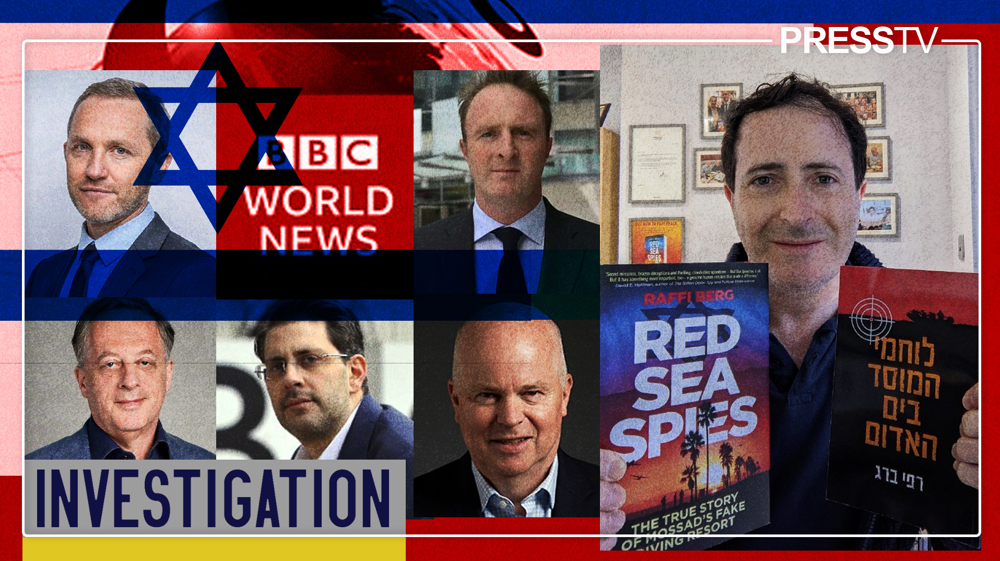
The case of Raffi Berg and BBC: Zionist infiltration of the mainstream media
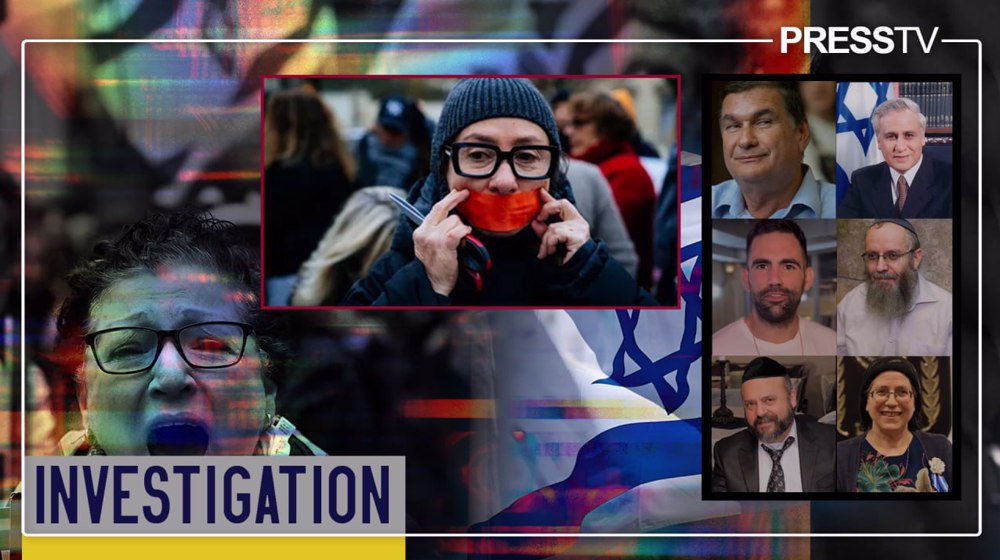
Dark abyss: How Israeli settler society became a sanctuary for rapists, pedophiles

Collapsing Empire: Yemen shatters the illusion of US air power, yet again
Iran declares holiday in Bandar Abbas port as fire still raging
VIDEO | NY protesters demand end to genocide on Global Day for Gaza
VIDEO | Pope Francis funeral mass held in St. Peter's Square
VIDEO | UK education activists focus on decolonization
Iran supports any measure to strengthen peace, tranquility: Pezeshkian
Iran, Russia agree to transfer gas via Azerbaijan: Minister
VIDEO | US joins global protest day to demand Israel lift 8-week siege
HTS gunmen, allied militants kill over dozen Alawites in Syria’s Homs






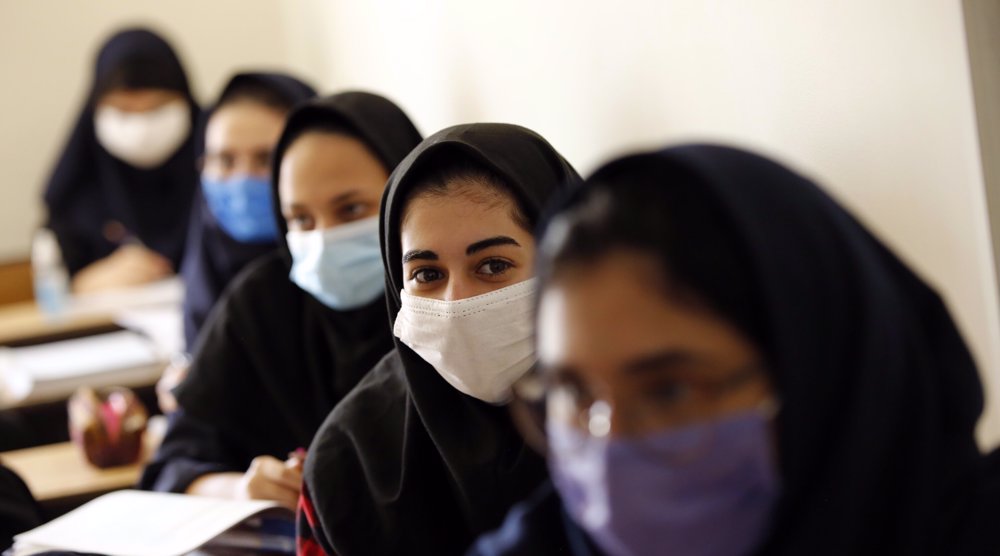
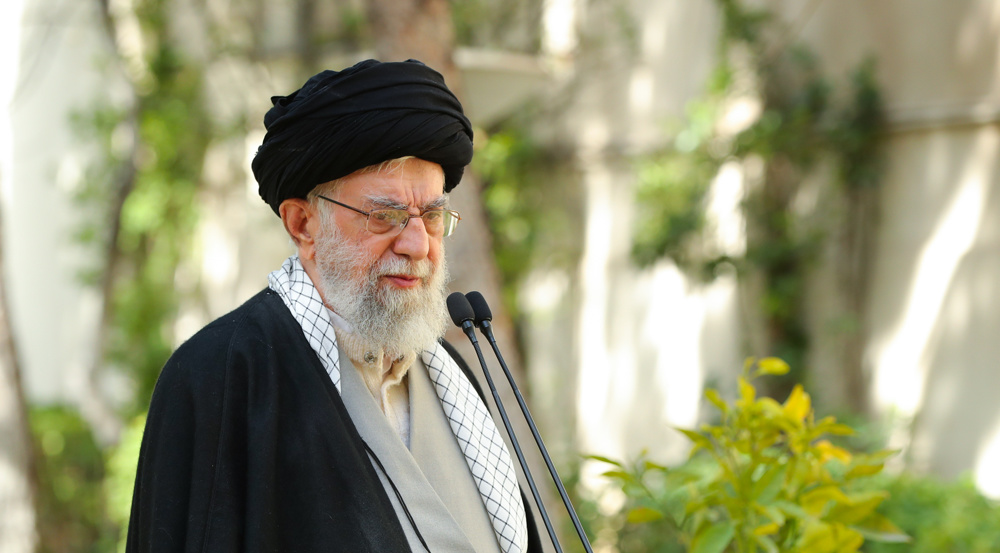
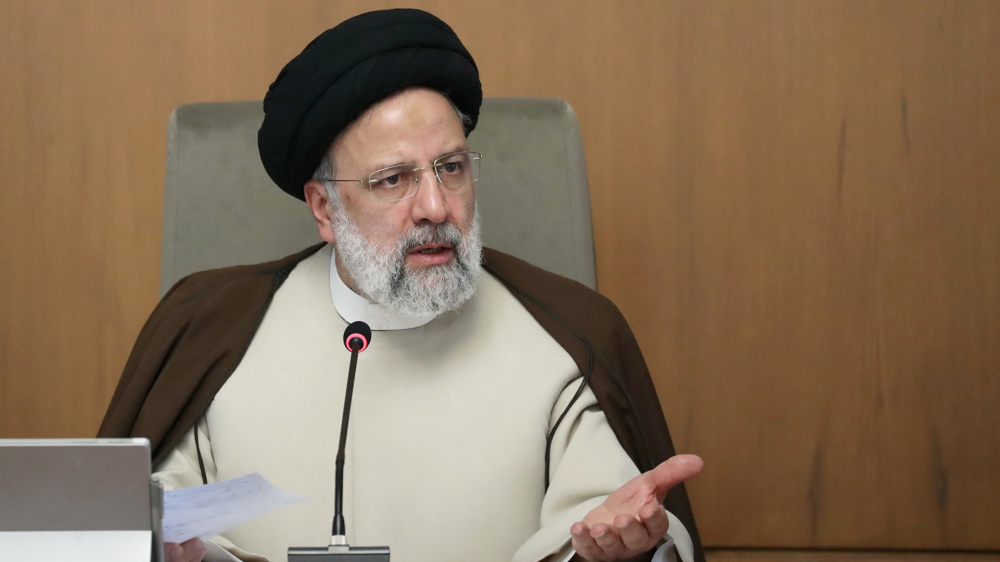
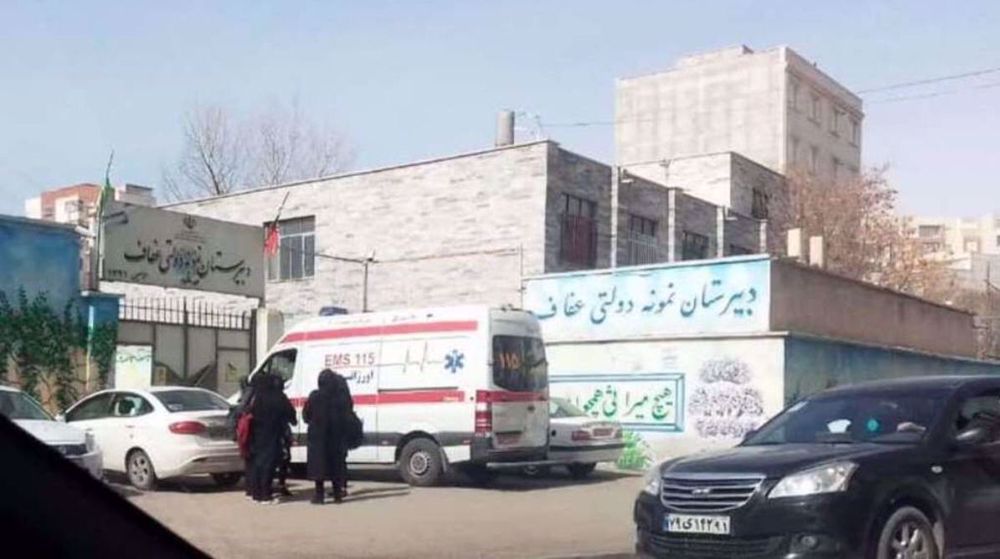
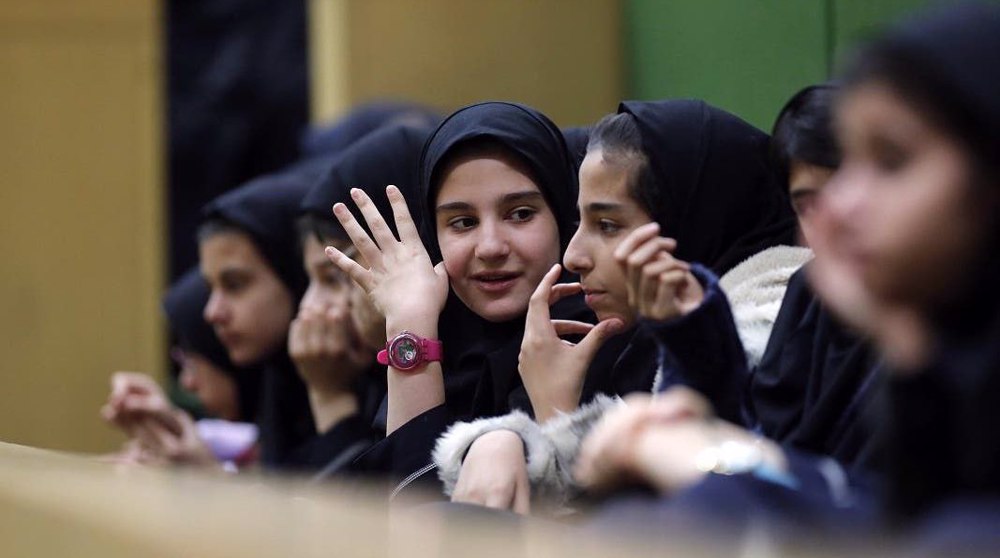

 This makes it easy to access the Press TV website
This makes it easy to access the Press TV website